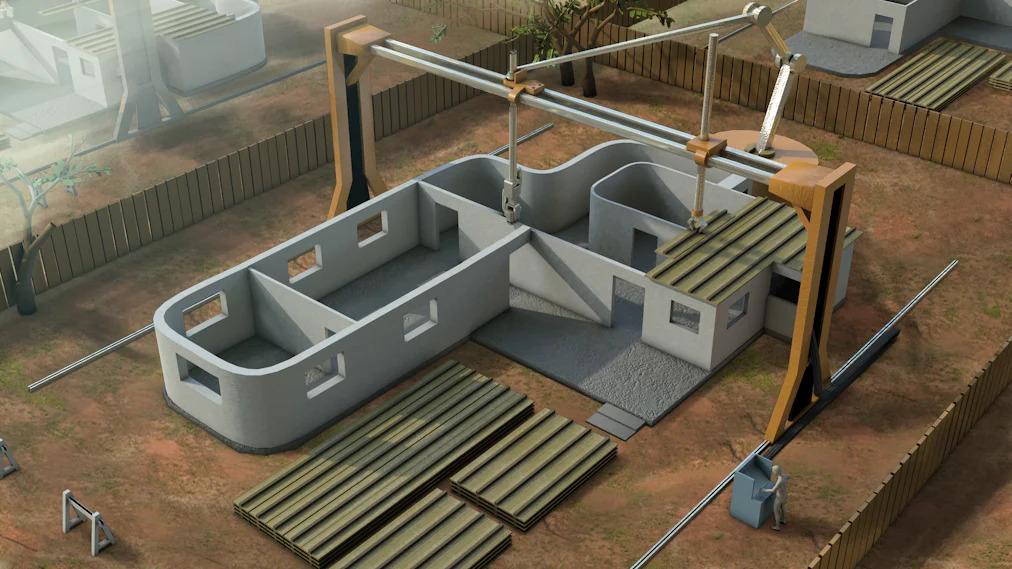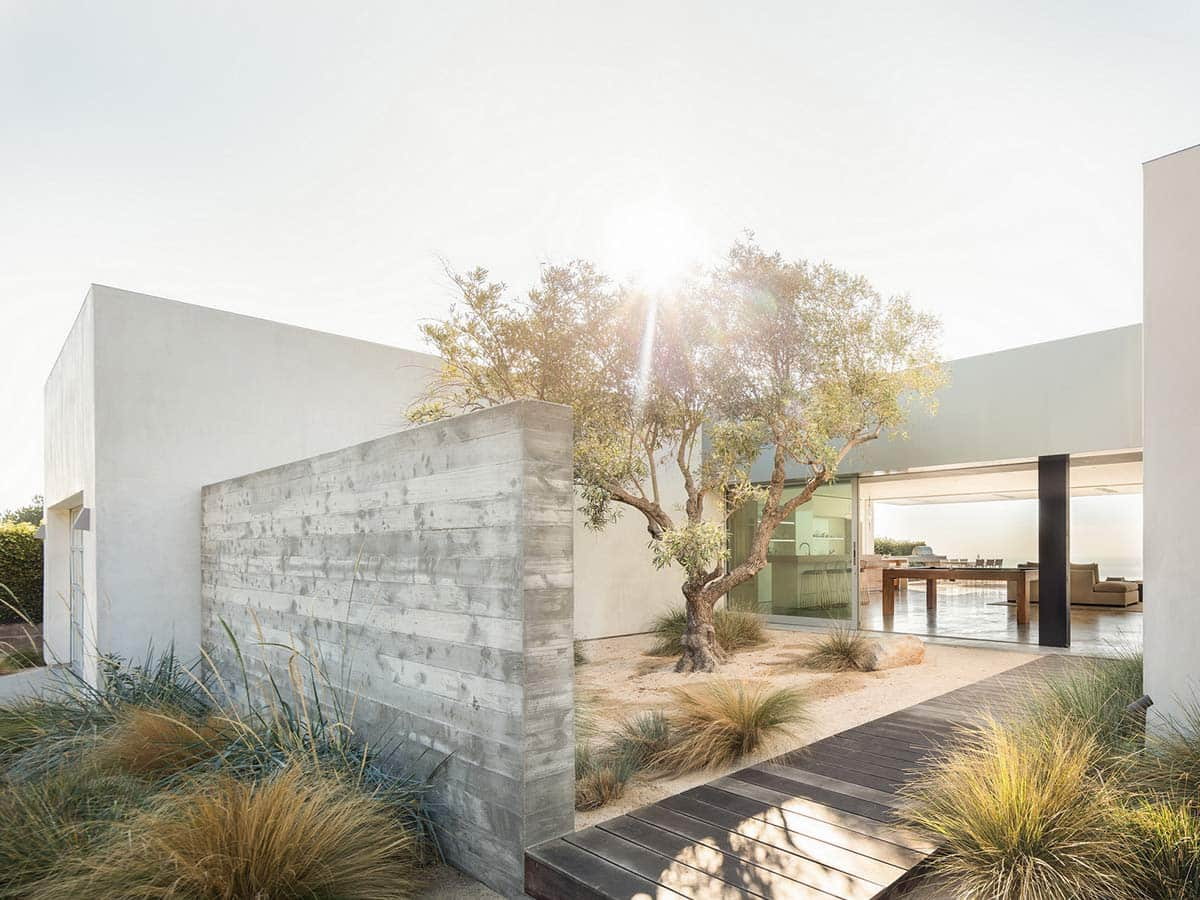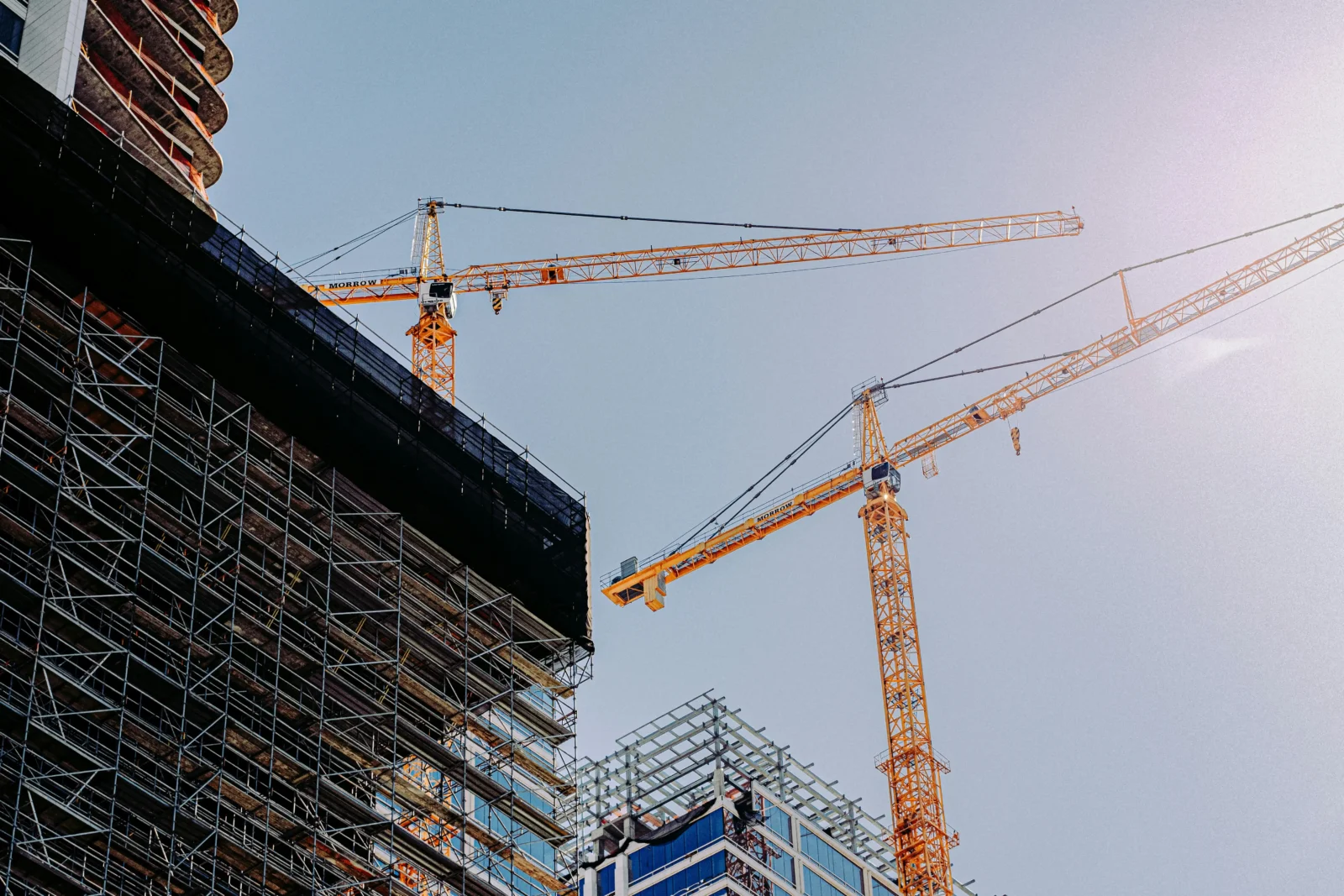- Home
- Articles
- Architectural Portfolio
- Architectral Presentation
- Inspirational Stories
- Architecture News
- Visualization
- BIM Industry
- Facade Design
- Parametric Design
- Career
- Landscape Architecture
- Construction
- Artificial Intelligence
- Sketching
- Design Softwares
- Diagrams
- Writing
- Architectural Tips
- Sustainability
- Courses
- Concept
- Technology
- History & Heritage
- Future of Architecture
- Guides & How-To
- Art & Culture
- Projects
- Interior Design
- Competitions
- Jobs
- Store
- Tools
- More
- Home
- Articles
- Architectural Portfolio
- Architectral Presentation
- Inspirational Stories
- Architecture News
- Visualization
- BIM Industry
- Facade Design
- Parametric Design
- Career
- Landscape Architecture
- Construction
- Artificial Intelligence
- Sketching
- Design Softwares
- Diagrams
- Writing
- Architectural Tips
- Sustainability
- Courses
- Concept
- Technology
- History & Heritage
- Future of Architecture
- Guides & How-To
- Art & Culture
- Projects
- Interior Design
- Competitions
- Jobs
- Store
- Tools
- More

In the realm of architecture, the embrace of technology transcends mere adoption; it represents a paradigm shift that has revolutionized the entire design process. Harnessing the power of technological tools and innovations brings forth an array of advantages that bolster both the design and execution stages of architectural projects. Firstly, integrating technology ensures precision and accuracy, eliminating many of the traditional errors that could arise from manual processes, leading to more reliable and robust designs.
This precision invariably results in significant cost savings, as potential issues are identified and rectified at the design stage rather than during construction, where changes are often cumbersome and expensive. Furthermore, technology enhances the architect’s capacity to visualize intricate designs, allowing for a clearer representation of the final outcome and facilitating better communication with clients and stakeholders. This visualization capability also enables architects to experiment with diverse concepts, pushing the boundaries of what’s possible in terms of aesthetics and functionality.

On the sustainability front, technology provides tools to design structures that are not only eco-friendly but also responsive to their environment, optimizing energy use, reducing waste, and contributing to a more sustainable built environment. Additionally, the collaborative essence of modern architectural technology fosters seamless communication and cooperation among multidisciplinary teams, ensuring that everyone, from engineers to interior designers, operates in harmony. In essence, the importance of integrating technology in architecture cannot be overstated—it is the catalyst that propels the industry forward, merging creativity with functionality, vision with feasibility, and ambition with responsibility.
The world of architecture has always been a blend of art and science, structure and innovation, form and function. But in recent years, an influx of novel technologies has accelerated this blend, bringing unprecedented changes to the very way we conceive, design, and construct our built environment. Here are some groundbreaking architectural technologies that are redefining design.
Table of Contents
Toggle1. Digital Twin Technology:
Digital twins are digital replicas of physical assets, systems, or processes. In architecture, they allow for real-time visualization, monitoring, and analysis of structures. With digital twins, architects and engineers can monitor how a building behaves over time, responding to changing environmental factors and usage patterns. This can be essential for maintaining the structure, predicting potential issues, and implementing solutions quickly.
2. 3D Printing:
3D printing, or additive manufacturing, has evolved from creating small-scale prototypes to constructing building components and even whole structures. It allows for custom-designed pieces, complex geometries, and a reduction in waste materials. Furthermore, it paves the way for architects to experiment with innovative materials and shapes that were previously deemed impractical or impossible.
3. Virtual Reality (VR) and Augmented Reality (AR):
VR and AR have introduced immersive methods to visualize architectural designs. These technologies enable clients, architects, and stakeholders to walk through a building before it’s constructed, allowing for iterative feedback, design tweaks, and an enhanced understanding of the spatial feel of the project.

4. Building Information Modeling (BIM):
BIM is a dynamic 3D model-based process that gives architecture, engineering, and construction professionals the insight and tools to plan, design, construct, and manage buildings more efficiently. BIM models encompass physical and functional characteristics, providing a comprehensive view of the project lifecycle.
5. Artificial Intelligence and Machine Learning:
AI and ML are infiltrating architectural design by streamlining processes, predicting outcomes, optimizing designs, and even assisting in creative conceptualization. Through pattern recognition, these technologies can help in energy analysis, structural optimization, and personalizing spaces based on user behavior.
6. Smart Materials:
These are materials designed with specific properties that can change in a controlled manner under external stimuli, such as temperature, light, and pressure. Think of self-healing concrete, photovoltaic glass, or shape-shifting metals. Incorporating these into designs can lead to more resilient, sustainable, and responsive buildings.
7. Internet of Things (IoT):
IoT’s application in architecture revolves around creating ‘smart’ environments. Buildings can be embedded with sensors to monitor and optimize everything from energy usage to air quality, ensuring the health, safety, and comfort of inhabitants. When combined with AI, this can result in incredibly efficient, adaptable spaces.

8. Parametric Design:
This algorithmic approach to design enables architects to input specific design goals into a software, which then computes numerous design variations to achieve the desired outcome. Parametric design can tackle complex geometrical problems, ensuring both aesthetic appeal and structural feasibility.
9. Drones:
Drones are playing an increasingly important role in the architectural process. They can be used for site analysis, capturing the context and topography, and even during construction for monitoring progress and ensuring quality control.
10. Sustainable Tech:
From solar panels that can be integrated into the façade of buildings to systems that harvest rainwater or recycle greywater, technology focused on sustainability ensures that contemporary architectural designs are as eco-friendly as they are innovative.
These technologies, while redefining architectural design, also represent a broader shift in how we relate to our built environment. They emphasize adaptability, sustainability, and an enhanced user experience. As these technologies continue to evolve and intersect, one can only imagine the potential they hold for the future of architecture, promising designs that are as intelligent as they are beautiful.

Submit your architectural projects
Follow these steps for submission your project. Submission FormLatest Posts
Dependable Service for Everyday Appliance Problems
When a washer stalls mid-cycle or a fridge warms up, you need...
8 Essential Web-Based Mapping Tools for Modeling Sea Level Rise and Flood Impacts
As climate change accelerates, flood risk and sea level rise have become...
How Sydney’s Architecture Responds to Climate, Light, and Lifestyle
Sydney’s architecture has never been driven by form alone. It evolves through...
Shipping Containers as Functional Infrastructure on Construction Sites
Construction sites are temporary by definition, yet the systems that support them...












Leave a comment